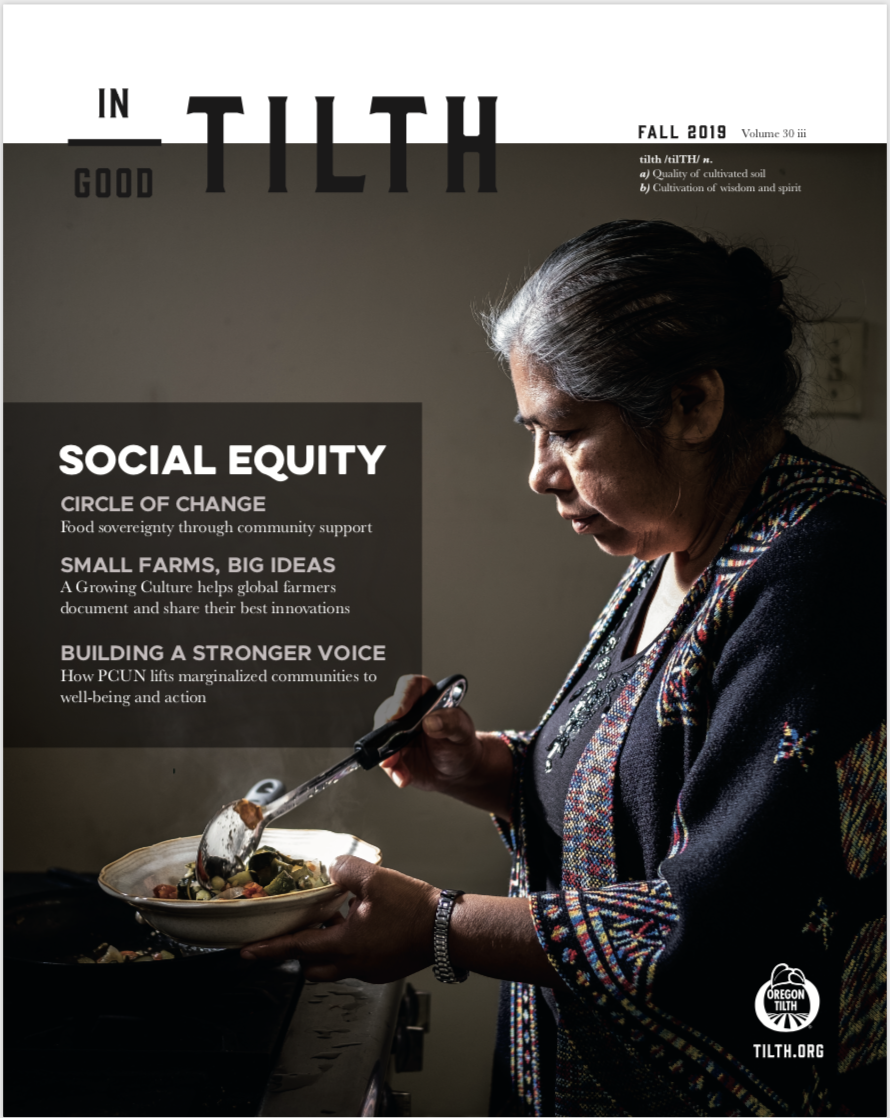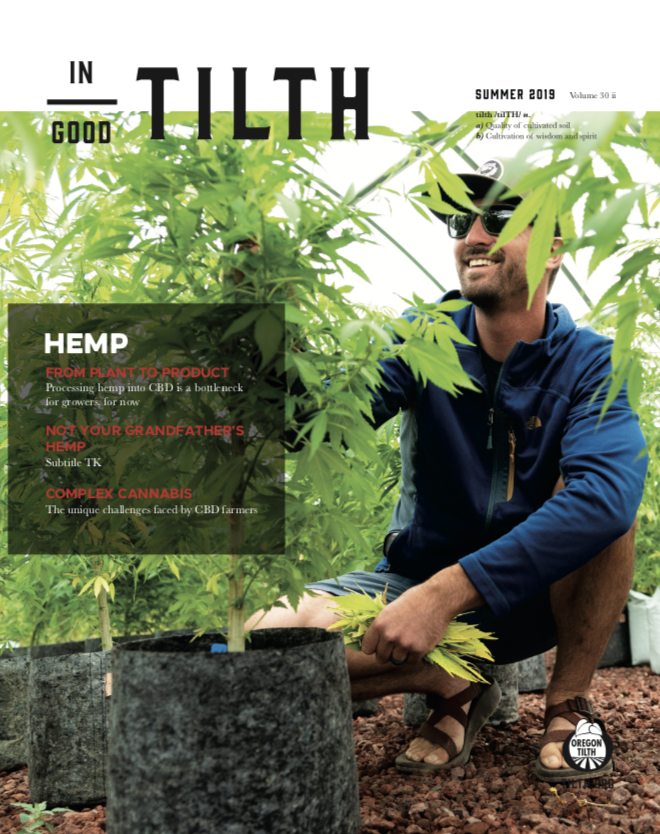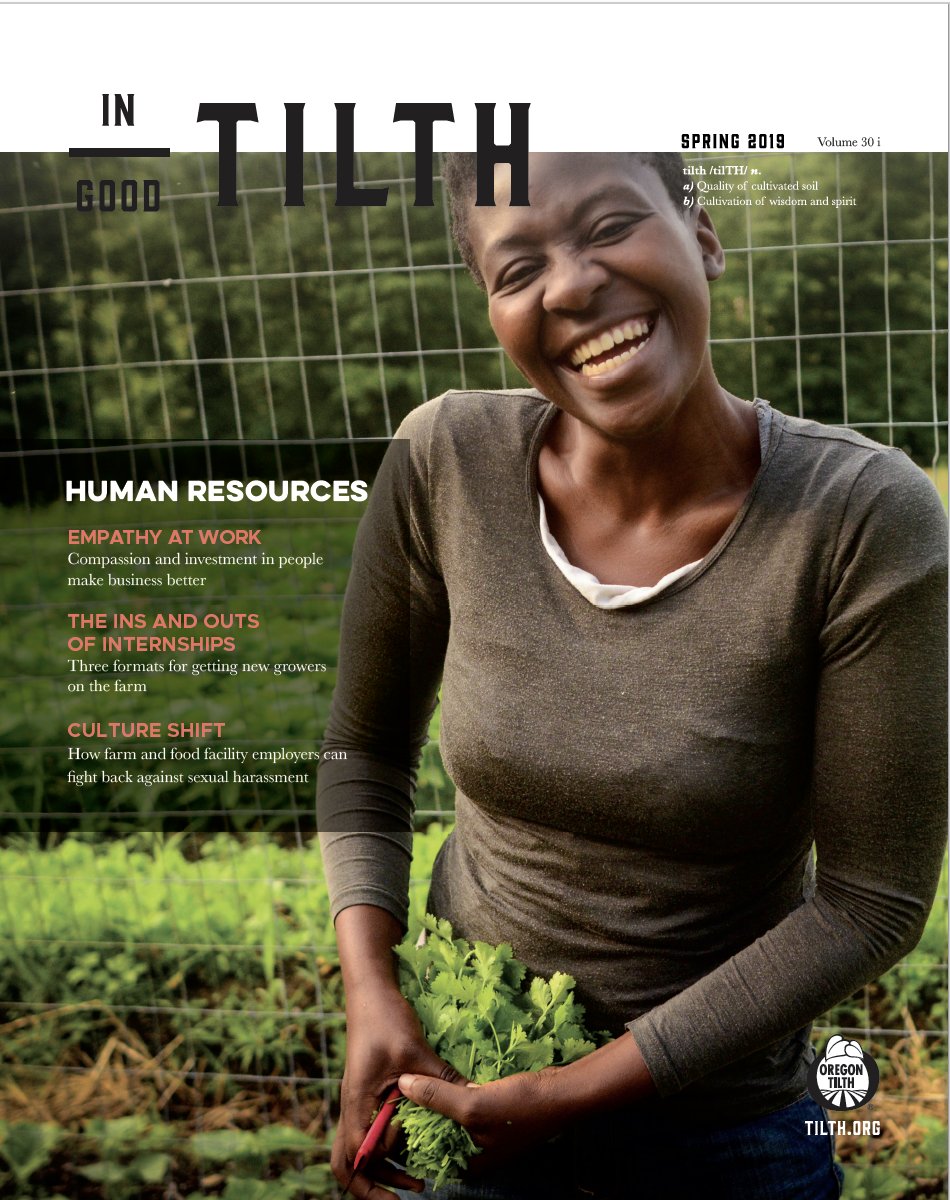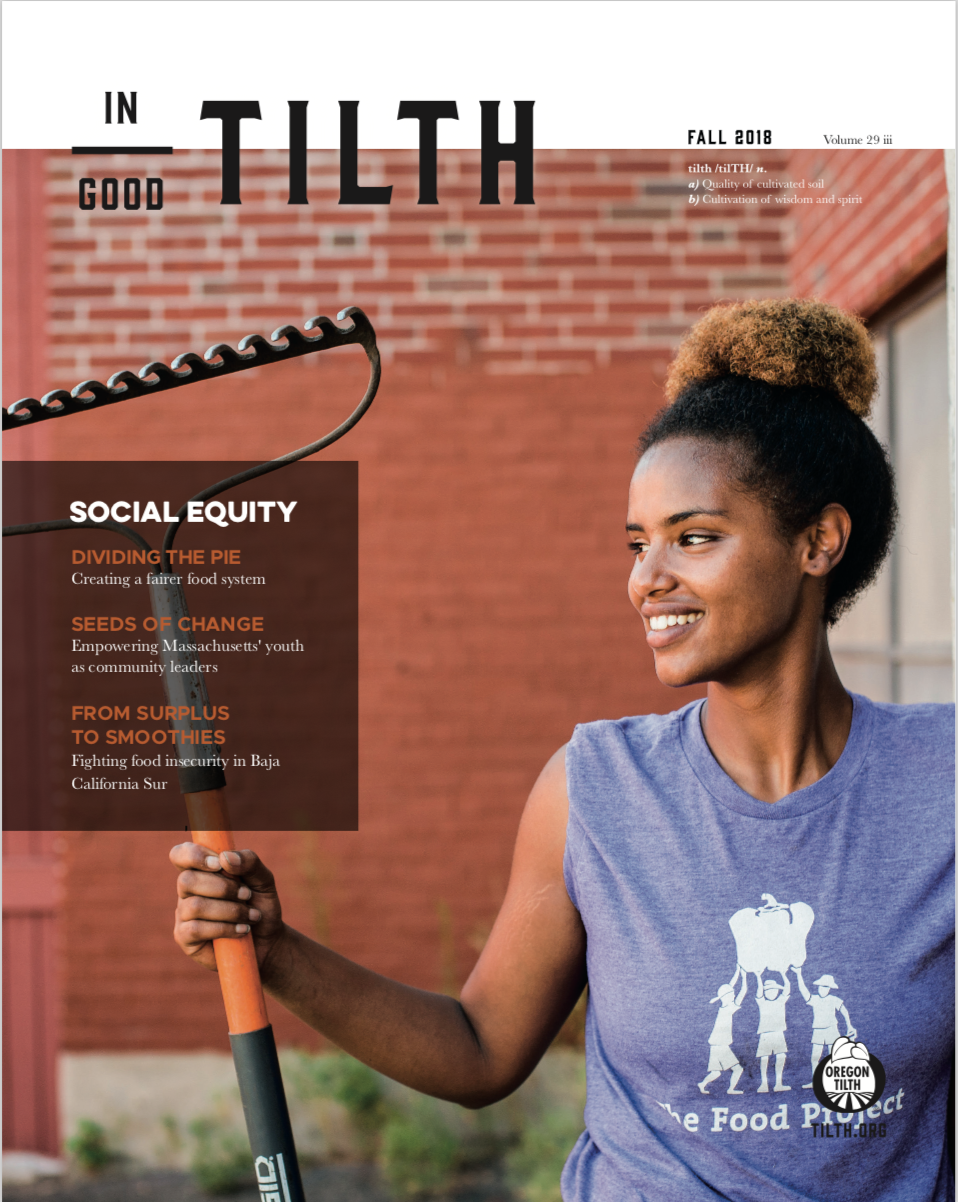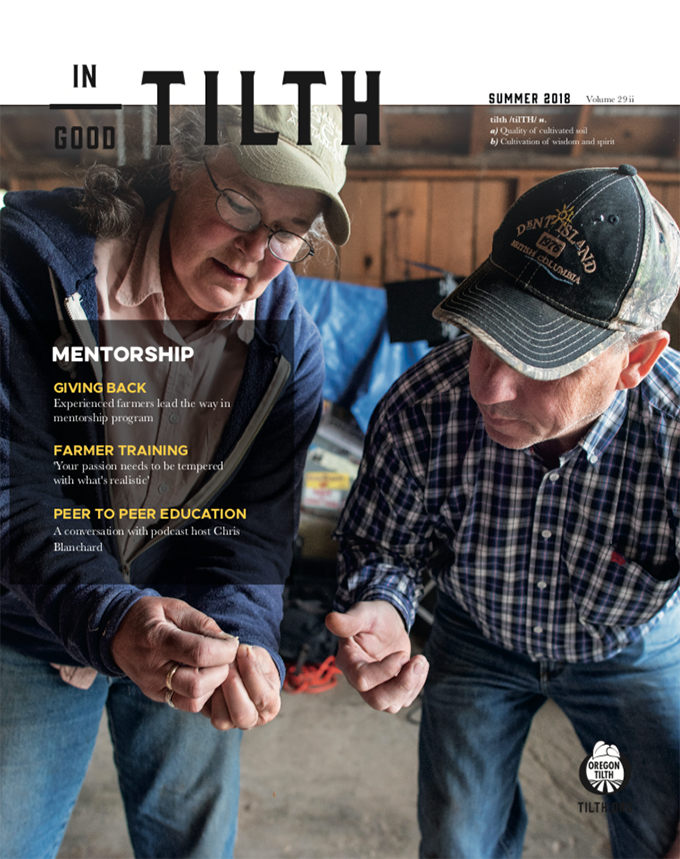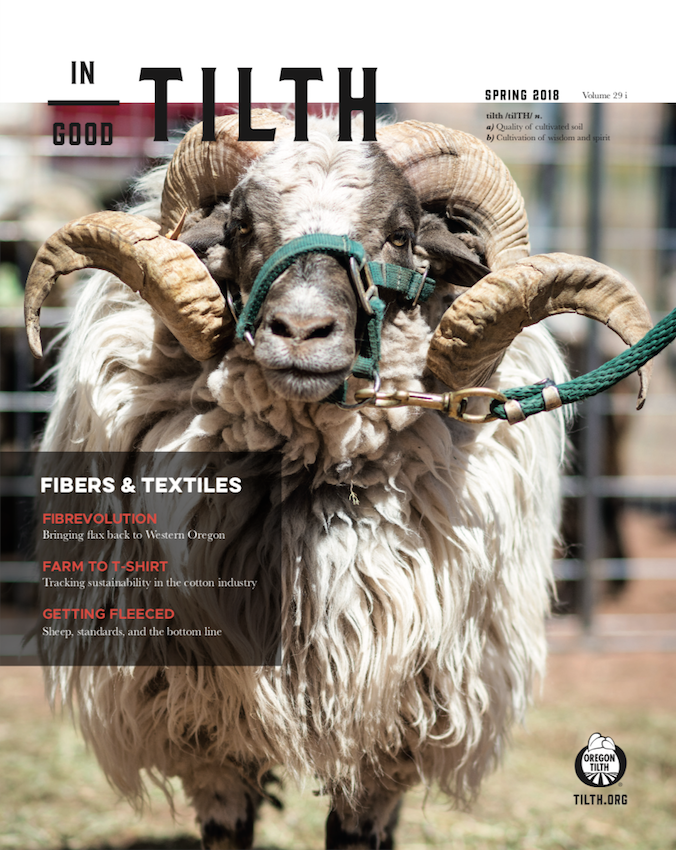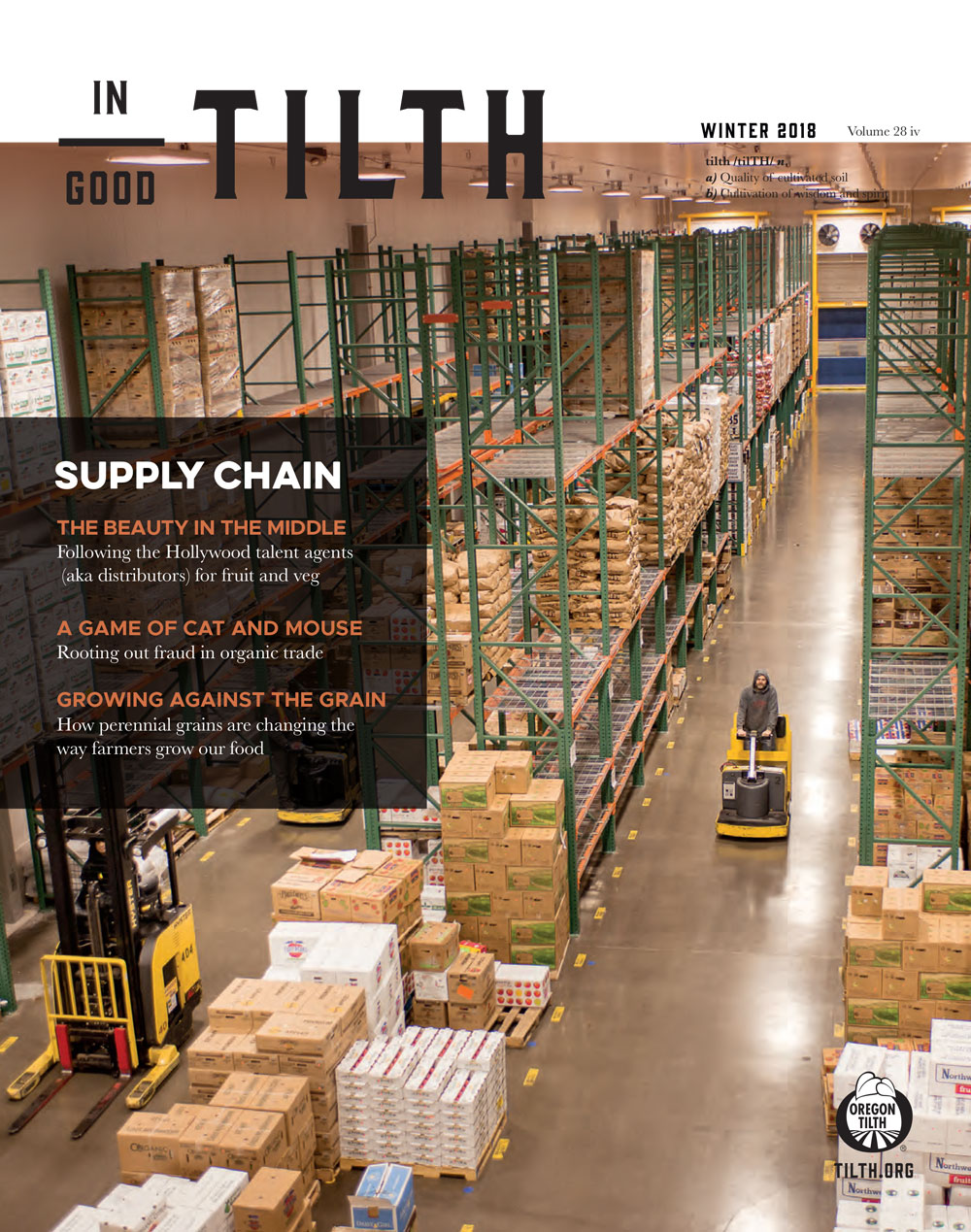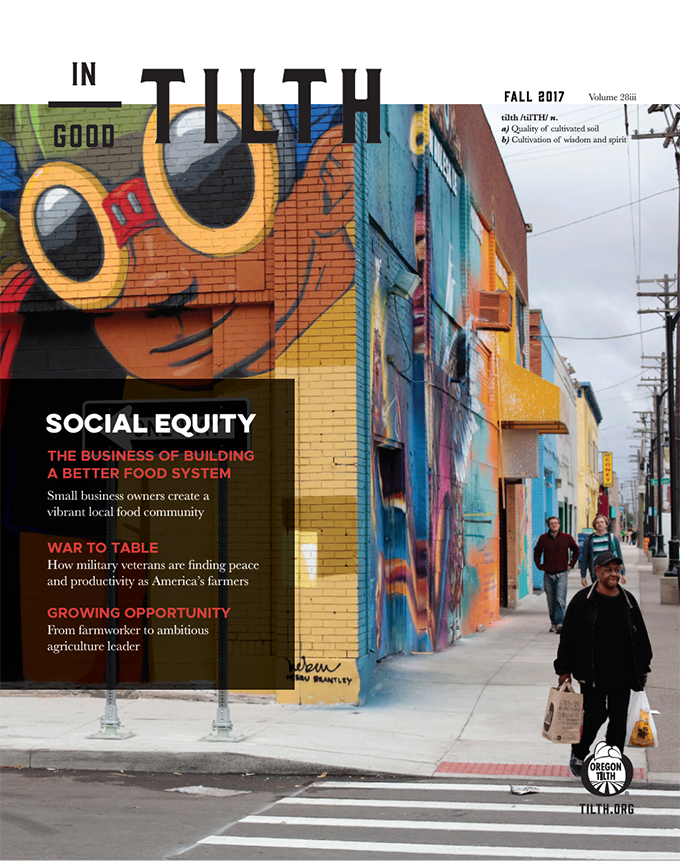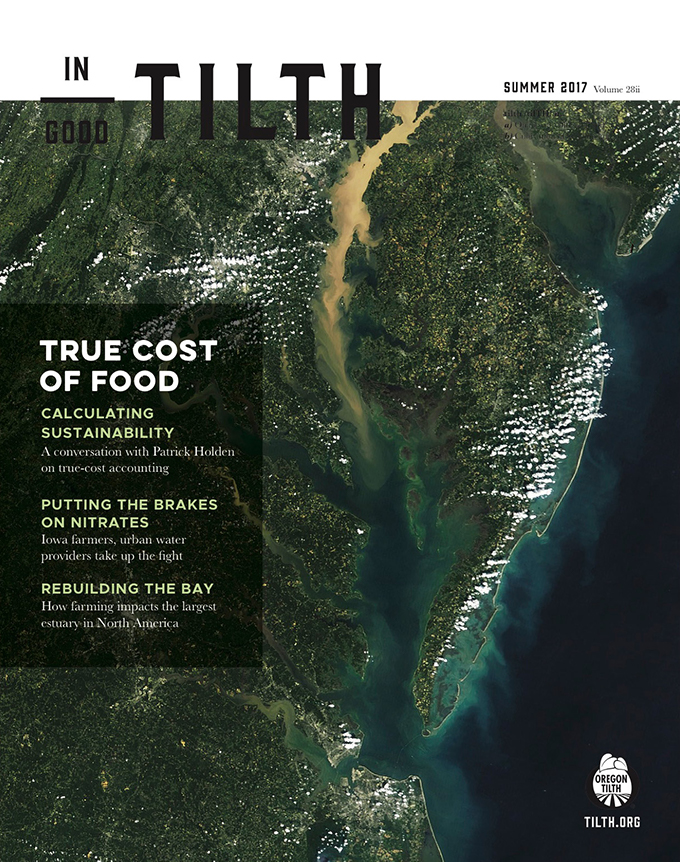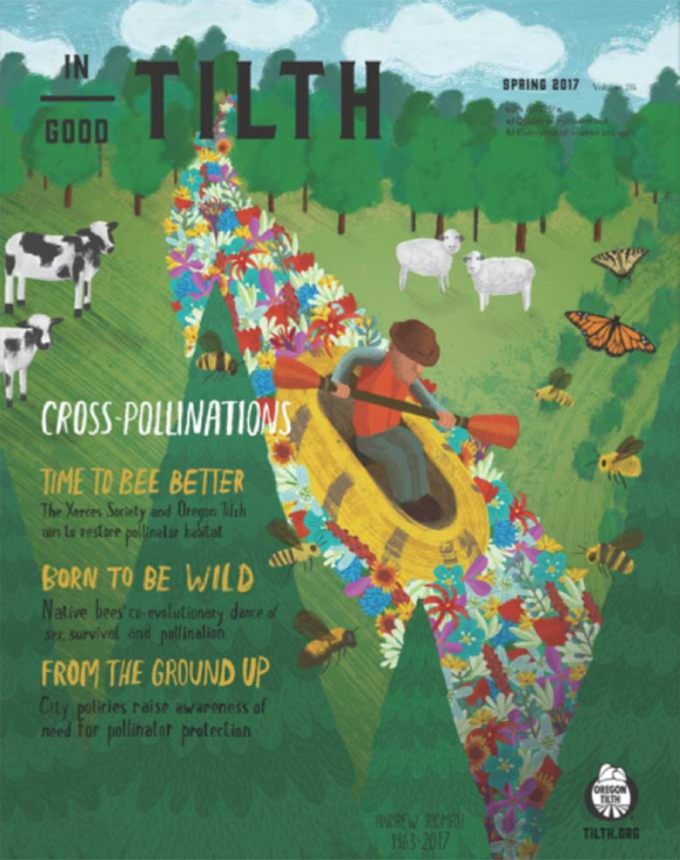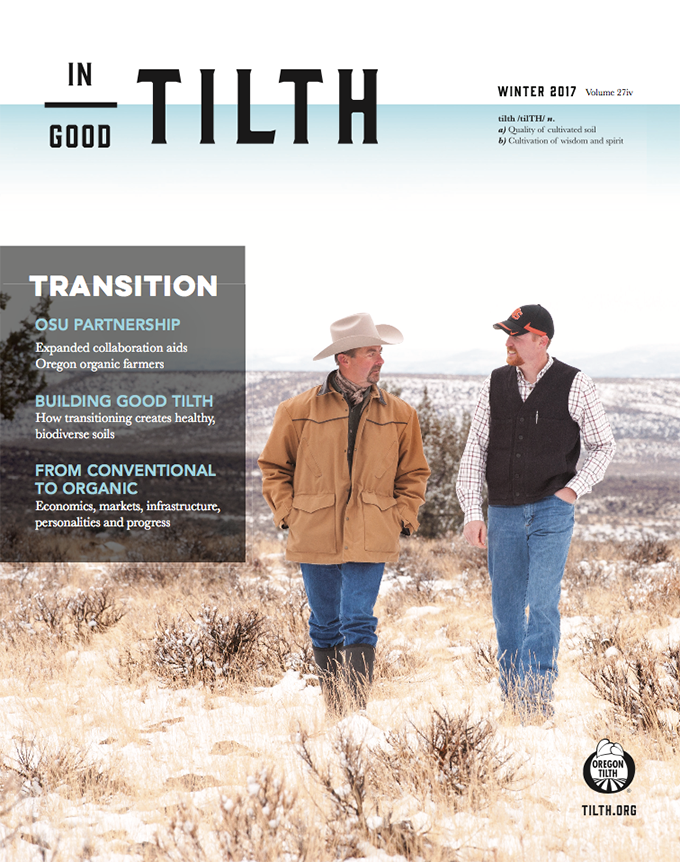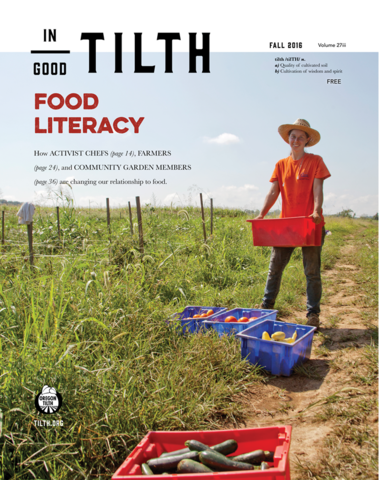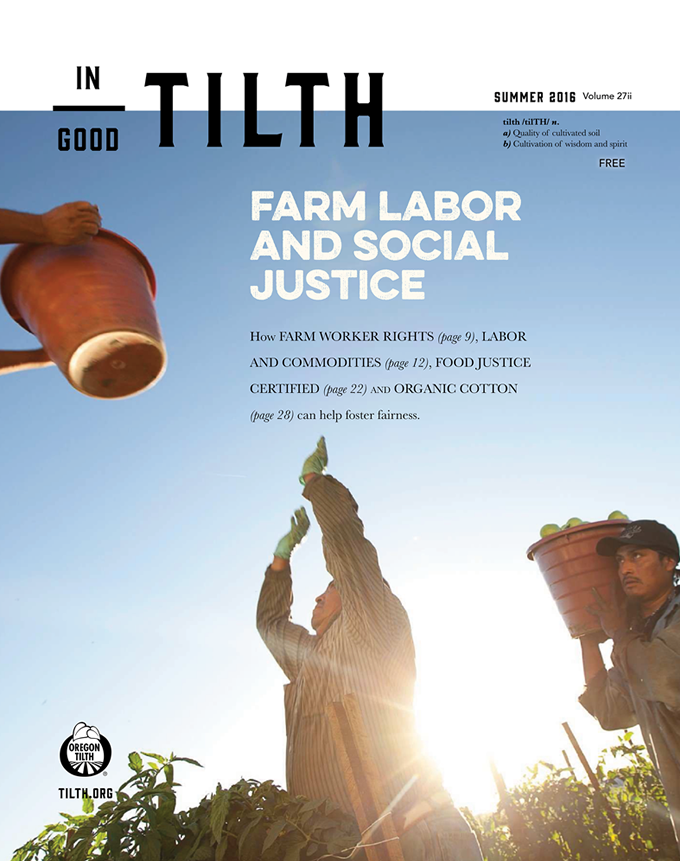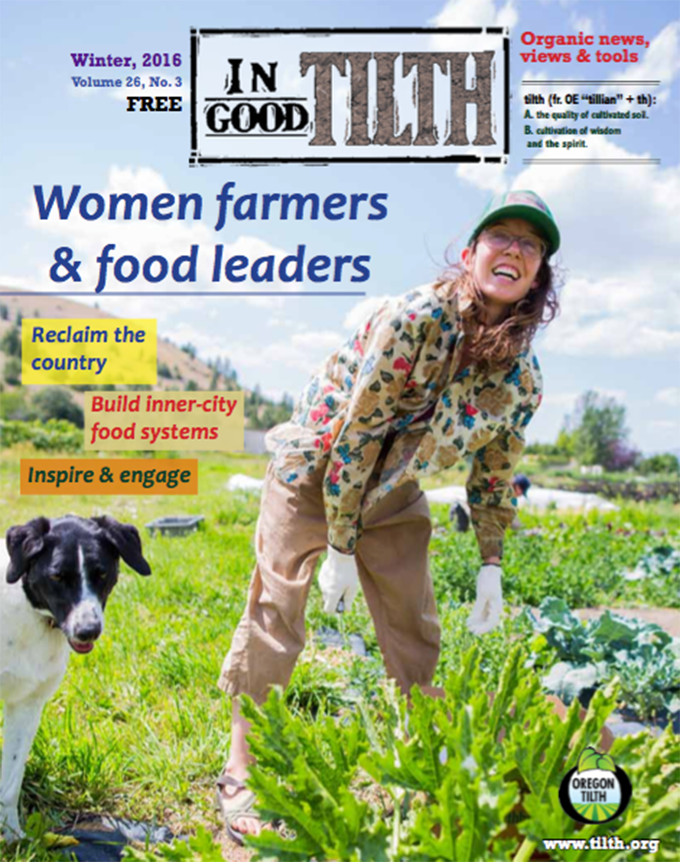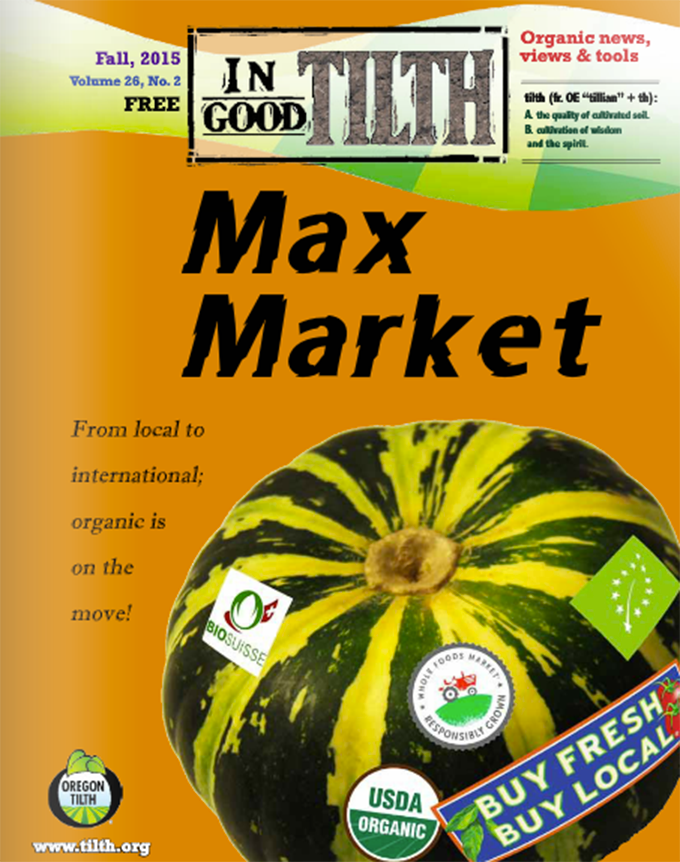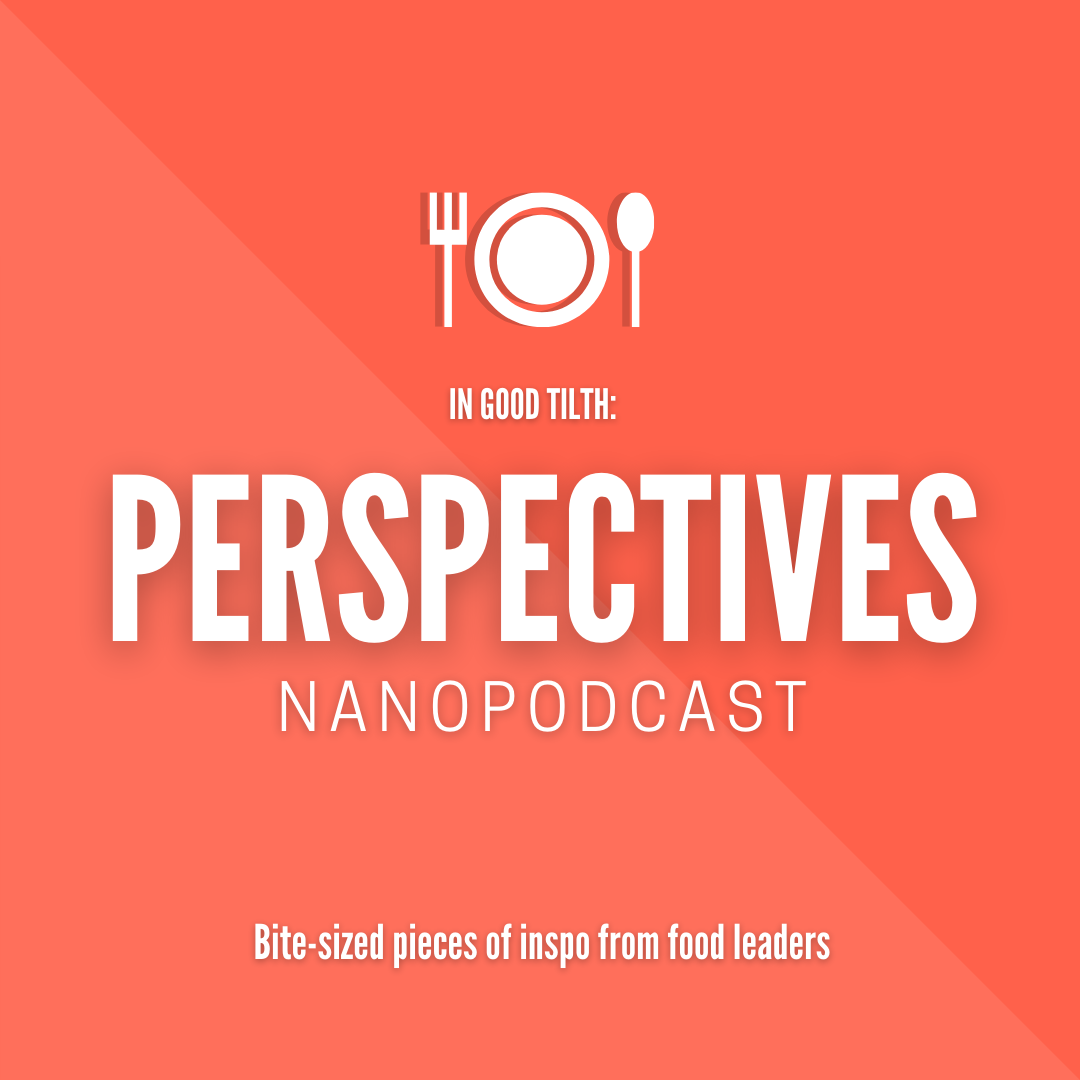People often speak of “England” when they mean the UK — the United Kingdom of England, Scotland, Wales, and Northern Ireland. It’s a region of wildly different geography. Being a farmer in the east of England, for example, is about as different from farming in the north of Scotland as ranching in Montana is from growing oranges in Florida. The east of England is perfect for growing wheat, vegetables, and fruit. The low-lying, fairly flat region where Scotland borders England is fertile, too, but travel further north and you’ll mainly see sheep and some hardy highland cattle. Take a short ferry ride to Northern Ireland and you’ll find small mixed farms with lots of dairy and beef cattle. Head back across the Irish Sea and you’ll see mountainous Wales with sparse grassland and sheep in abundance.
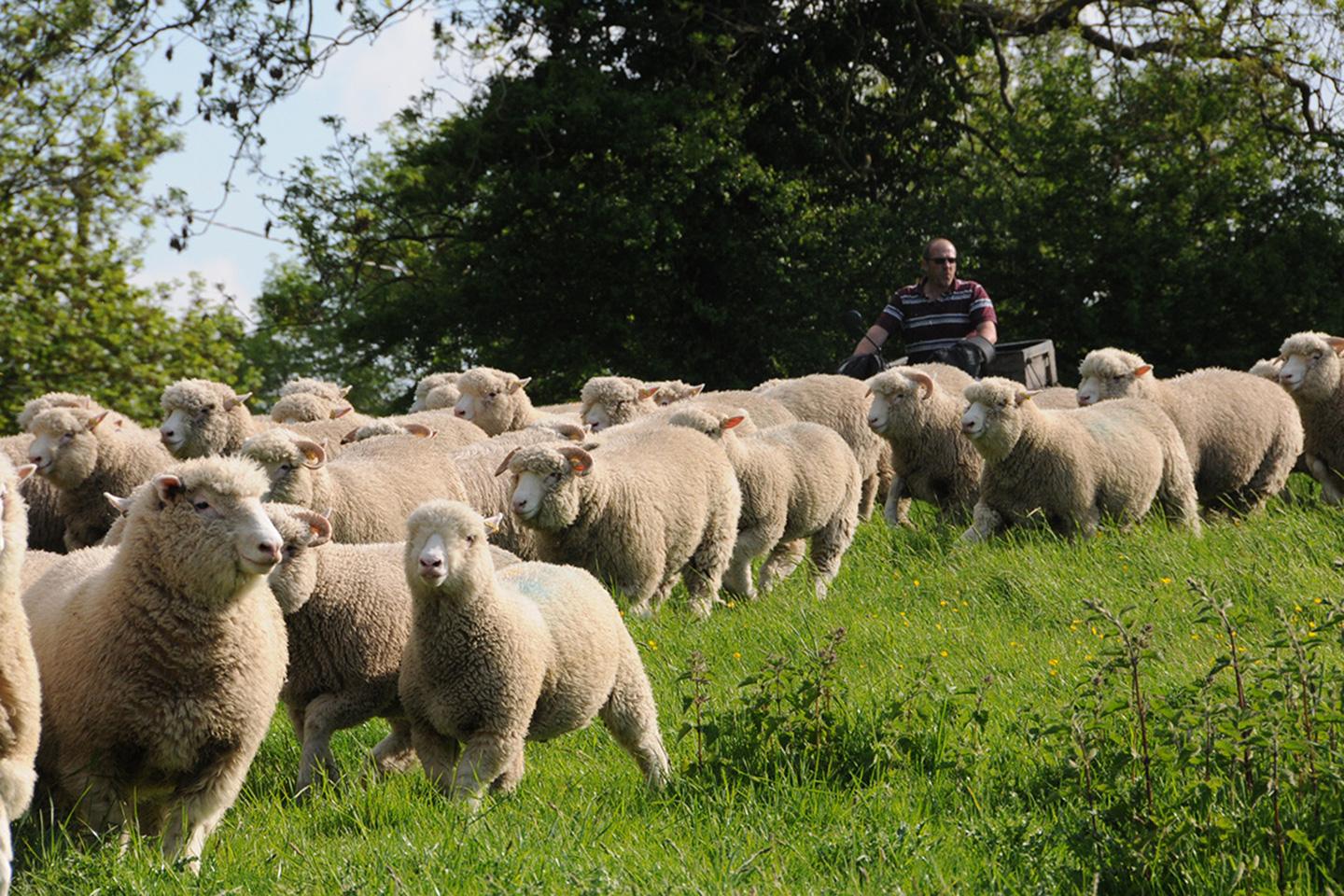
As diverse as the these landscapes are, so are the farms and people who own them. Huge swaths of land belong to very few people. It’s been that way for centuries. The Duchy of Cornwall, consisting of about 133,000 acres of mostly agricultural land, was set up in 1337 and belongs to Prince Charles. The Crown Estate comprises landholdings across the UK and belongs to the Queen. Farmland owned by the Queen or by Prince Charles can only ever be leased. Equally large is the estate of the Duke of Westminster. Most of the other “landed gentry” have sold off their acreage to huge farm enterprises owned by insurance companies, investors, and private individuals. The owner of the single biggest entity of prime agricultural land is the billionaire entrepreneur James Dyson, best known for his vacuum cleaners. To put the size of these holdings in perspective: the whole of Britain would fit into Alaska and Texas.
As long as Britain is still part of the European Union, owning agricultural land earns you money. Under the EU’s common agricultural policy, farmers receive “direct payments” (i.e., subsidies) for the land they own. They can receive money for environmental stewardship and farming marginal land, too. It’s up to individual member states to decide how much money is available for direct payments and how much goes into environmental stewardship. England favors big landowners over those who farm the margins: James Dyson received just over $2 million in subsidies last year alone. And landowners don’t have to pass the “direct payment” on to their tenants.
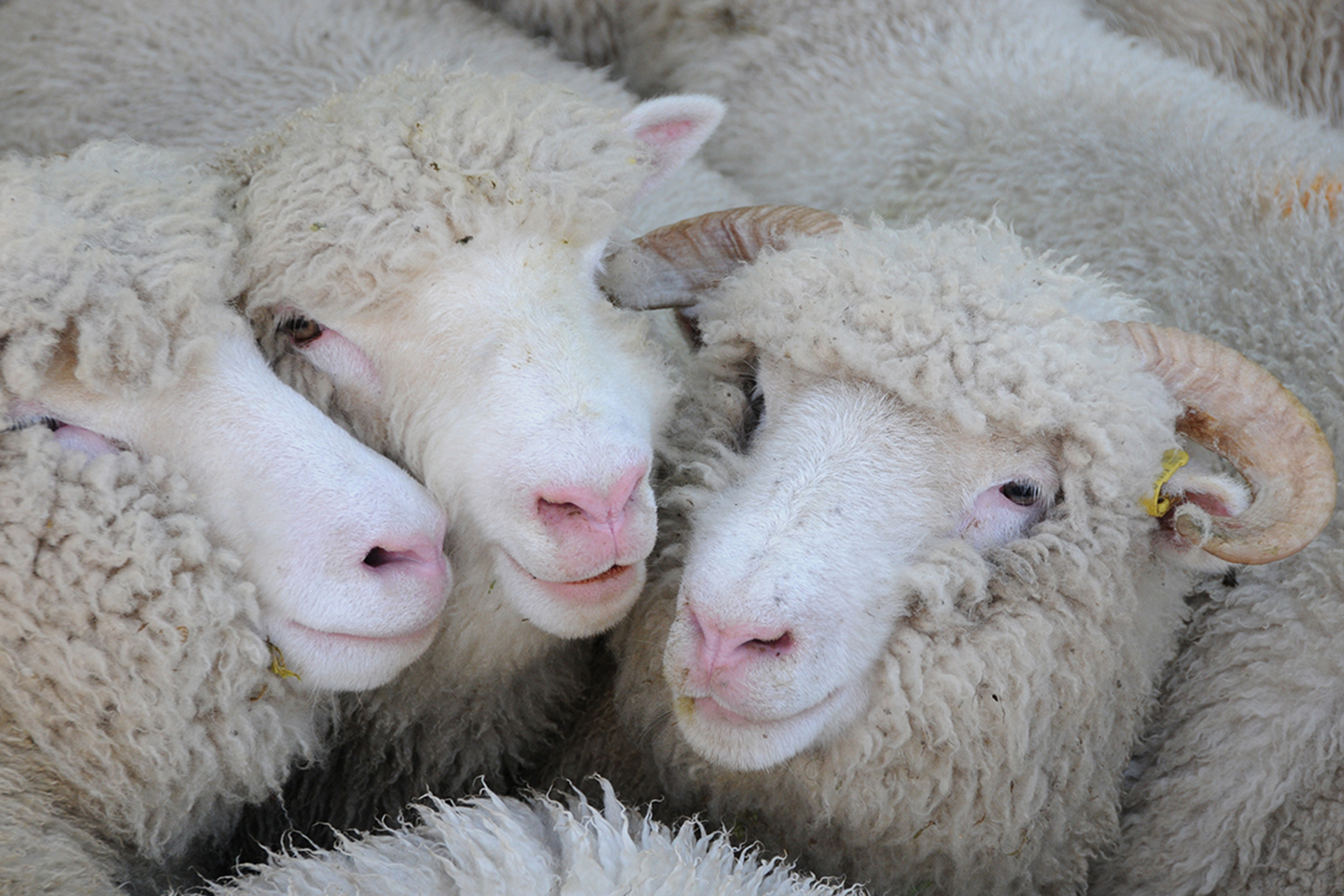
While you can make money by land ownership and without farming, many small family farms wouldn’t survive without the EU subsidies. A lot of the land in Wales, Scotland, and Northern Ireland is considered marginal — poor soil, hilly grassland, suitable only for grazing sheep and cattle. According to the BBC’s radio show “Farming Today,” EU subsidies make up 90 percent of the farm income in Northern Ireland. For farms in Wales and some parts of Scotland, it can be up to 80 percent. This may change dramatically in a few years, when Britain leaves the EU. No one knows what agricultural policy will look like after Brexit, but given the money that’s desperately needed for the (extremely popular) National Health Service, schools, and infrastructure, farmers don’t expect to get much — if anything — from the government.
Brexit will hit farmers in other ways, too: in particular, fruit and vegetable growers rely on seasonal workers from other EU countries, who may be barred from entering the country until a work visa program is put in place. And unless Britain stays in the single market, which is not a given, exports may be hit by harsh tariffs — so, in France, for instance, lamb from New Zealand may suddenly be a lot cheaper than fresh lamb from Wales.
Whatever the future holds, said David Morgan from the Beds and Cambs Rural Support Group, farmers will have to run their businesses on slimmer margins. A tall order, in particular for family farms and farmers whose average age is 59.
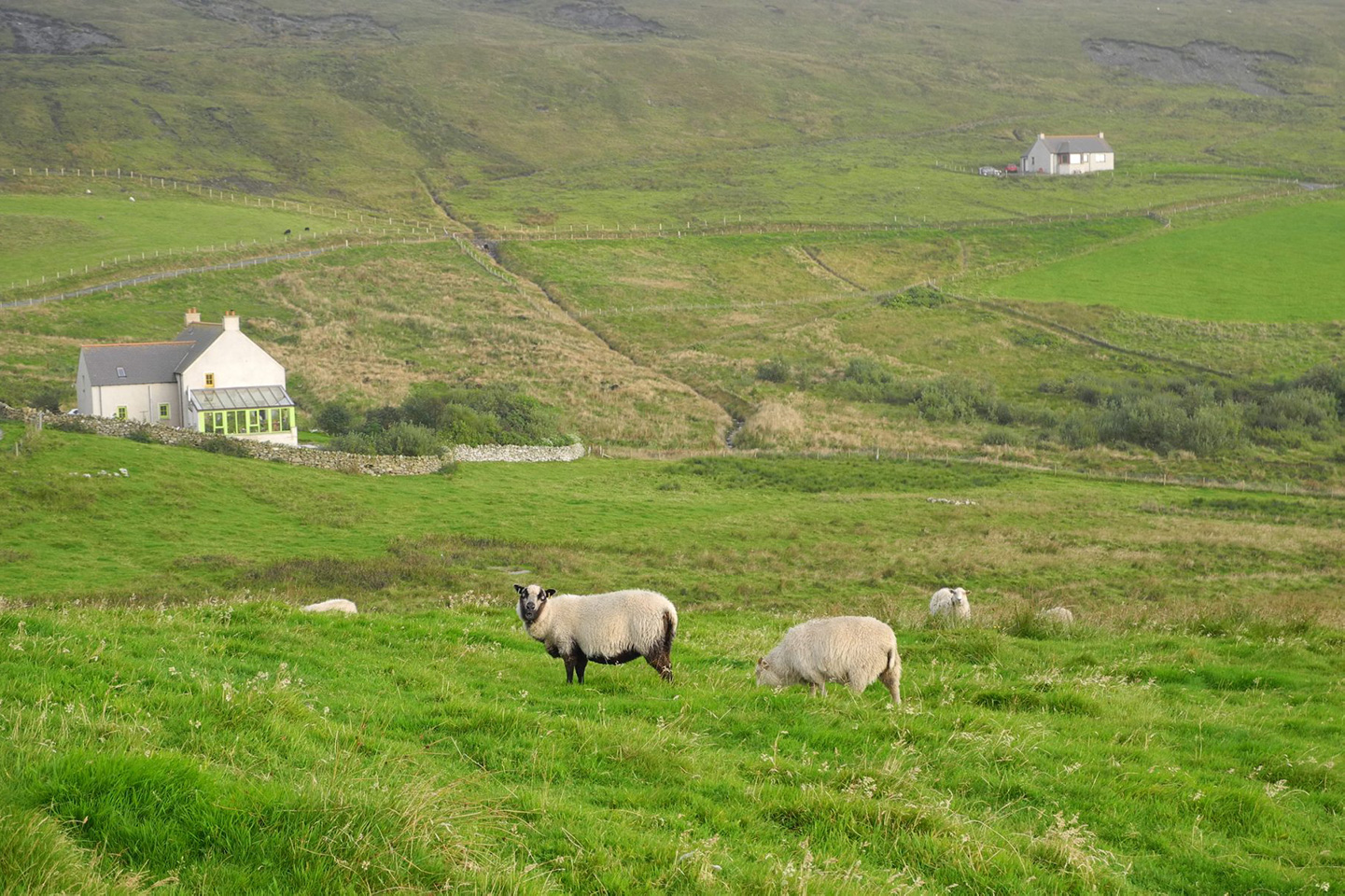
“Is there a future for the small family farm in the UK?” asked a 2016 study financed by one of Prince Charles’ charities, the Prince’s Countryside Fund. It’s a rare piece of research, said the authors: while small family farms are well researched in the U.S. and the rest of the EU, that is not the case in Britain, nor are they much of a topic for (political) debate. The study itself makes somber reading. A lot of small family farms are in dire straits: half of the farms don’t create enough income for the family to live on. Twenty percent of farms lose money through farming. Family members’ off-farm work financially supports these businesses. In England, 56 percent of the farms are considered small; 57,200 small scale farmers farm just 11 percent of all farmland. Their options aren’t good: trying to expand and diversify, tightening the belt, trying to farm “better,” supplementing the business with off-farm income, or selling off the business and getting out of farming altogether. The researchers conclude: “A successful farmer has to have business acumen in terms of financial management (attention to costs and margins) as well as technical knowledge and know-how (agronomy, husbandry, mechanical skills), market knowledge, and social/emotional/familial intelligence and awareness.”
The study shows that many farmers have excellent farm skills, but few have the complete skills needed to successfully manage a farm business. And farming can be lonely, particularly on small, remote farms with no hired labor. The need in the farming community is so great and so immediate that something had to be done fast, said Claire Saunders, the director of the Prince’s Countryside Fund, which launched the $2 million, five-year “Prince’s Farm Resilience Programme” at the end of 2016.

The initiative’s first set of workshops, aimed at improving business management skills, was organized in 15 locations across Britain and ended this summer. Two hundred twenty farmers signed up and were encouraged to bring family members along. The program works with independent farm consultancy firms. It’s geared toward small scale livestock and dairy farm businesses, which are considered to be most vulnerable as they were hard hit by the foot and mouth outbreak in 2001. During on-farm visits by a mentor, a business assessment tool established a benchmark for each farm. The anonymous data provided the basis for five three-to-four-hour group workshops where farmers were able to compare the success of different practices, create plans, and assess cost differences. They learned how to manage budgets and accounts and build good relationships with their bank managers. Strengths and weaknesses were analyzed to set goals that took a more long term approach for the farms and devise strategies for achieving them.
David Morgan, who helped recruit farmers for the program, is particularly concerned about tenant farmers, who must rent their land and have little to put up as collateral for loans. That often results in cash flow problems. Attending the workshops as an observer, he was struck, too, by psychological barriers that needed to be overcome: younger farmers perceived most of the older ones as set in their ways, unwilling, for example, to switch to newer, better software, share data, or use social media. Many of the older farmers didn’t believe that anyone straight out of college had much to contribute.
Trainers created the opportunity for each participant to show expertise, and group exercises started to change perceptions on all sides: family members, neighbors, and both young and old farmers started to talk and listen to each other. The groups were also encouraged to stay in touch and continue working together. And that seems to be actually happening: a number of networks have formed. Claire Saunders, from the Prince’s Countryside Fund, is pleased with the outcome. The only change anticipated for next year is the timing of the workshops, to avoid clashes with the lambing season.

Half of the farms don’t create enough income for families to live on. In many instances, off-farm work financially supports those businesses. Photo by Martin Kunz
What about the participating farmers? That’s where my personal learning curve in dealing with the Prince’s Countryside Fund started. It was considered “inappropriate” for me to interview a farmer. The day I contacted partner organizations to get in touch with farmers it was just a couple of hours before I got a dressing down by phone from the director of the Prince’s Countryside Fund — how dare I approach their partners after having been told explicitly that farmers were not to be interviewed? How dare a journalist ask questions and do her job? Indeed!
So what’s wrong with a program that the participants are not allowed to discuss? Nothing, for all I know. The setup makes sense, the training goals are important, farmers don’t have to pay anything, and the trainers are experienced consultants who would normally charge a substantial fee. The fact that I was prevented from interviewing the farmers is a lesson of a different kind: in Britain, to be a “land-lord” still has a meaning. The landlord sets the rules, and to receive something — like a free training course — is like the ancient practice of “grace and favour.” Speaking about his experience is not considered the participating farmer’s choice to make. The conclusion? Feudalism in Britain is alive and well. Struggling small scale farmers may sometimes wonder why their ancestors didn’t do what so many other Scots, Welsh, and Irish did over a century ago: emigrate to farm elsewhere.


